3 August 2022 - PEAR & MULBERRY, a US-based clothing design company, has developed a custom-made shoe that can address health issues for developing children, using 3D printing technology.

△We/aver+ 3D printed shoes for children's developing feet
Technical background
Buying shoes is often seen as something more associated with fashion, especially when it comes to buying specific brands or popular styles. On the other hand, some people take the choice of the right shoe for granted and are satisfied as long as the shoe fits or feels comfortable enough. As adults, people may pay more attention to the appearance of their shoes, but for children whose bodies are still rapidly changing and adapting, the situation is more complicated. Young wearers require shoes that not only fit and are comfortable, but also help their feet to grow in the right way and avoid potential health problems that may arise later in their lives. Such shoes are often labelled as 'therapeutic' and are expensive, and the company, which developed the brand We/aver+, wants to make them more accessible and easier to make through 3D printing.

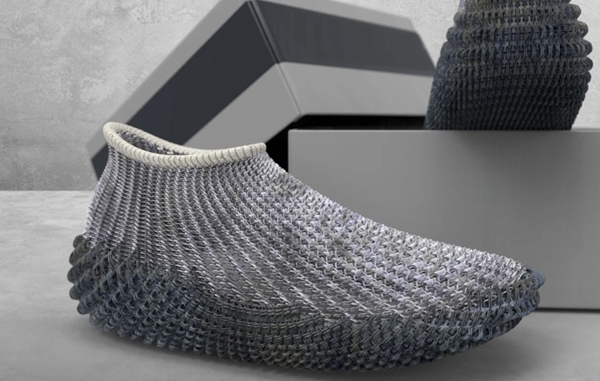
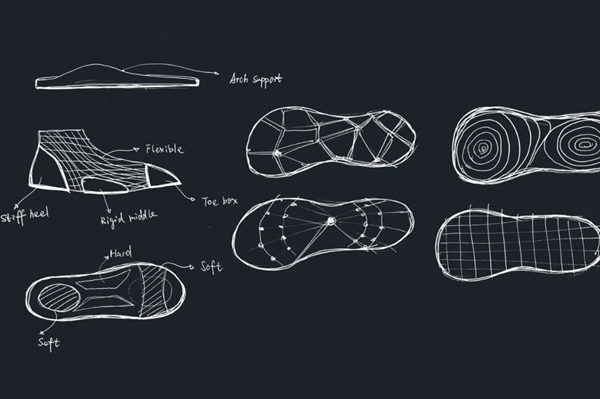
△ Similar to knitted fabric, except it uses stretchy TPU as the material
3D printing technology has undoubtedly changed the way individuals live and even the traditional shoe manufacturing industry. This is because it makes it easier to design prototypes for new shoes and allows designers' ideas to be quickly turned into reality. Recent developments have even allowed for different kinds of materials to be used when 3D printing forms and structures, giving creators more freedom in the designs they want to implement.

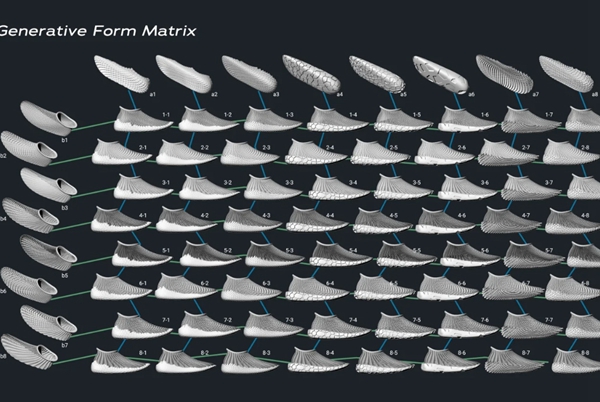
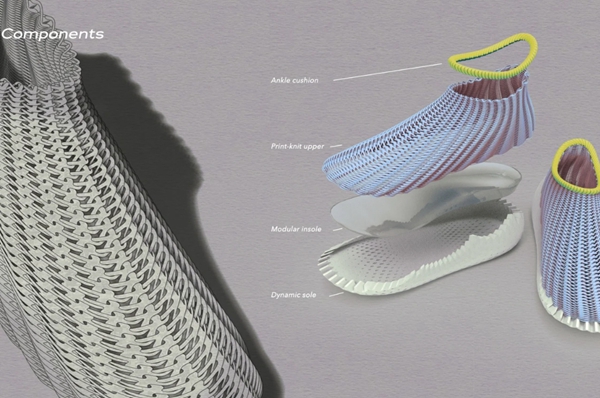
Δ looks more like lockjaw than traditional fabrics
We/aver, for example, they use 3D printed something similar to knitted fabric, except it uses stretchy TPU as the material. It prints shoes that actually look more like lockets than traditional fabrics, and not without reason. The skeletonised knit construction provides the flexibility and support that a shoe needs during a child's developing foot. The material, manufactured through 3D printing, provides a comfortable softness to the heel over time.
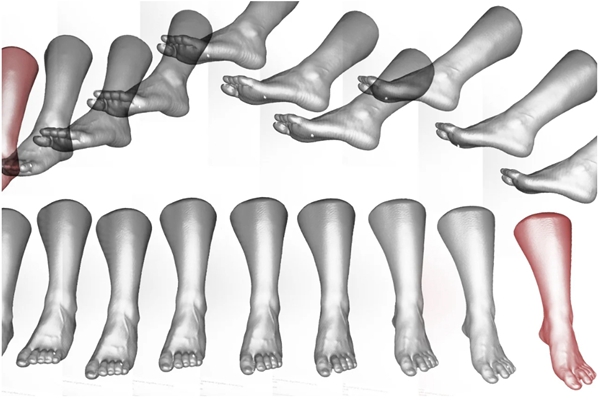
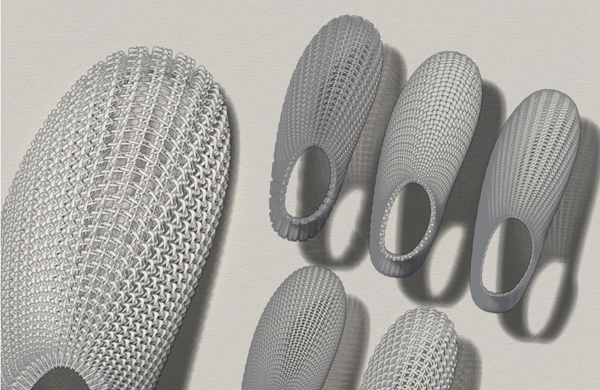
The nature of Δ3D printing is to provide a more accessible way and method for personalising
Therapeutic shoes, even before they are printed, use 3D modelling. By scanning a child's foot to generate a 3D model, the process takes just a few minutes. The individual is then analysed and the 3D printed fabric that will be produced is determined to ensure that the optimum thickness and shape is customised. The end result is a pair of shoes that both feel great and look different. Thanks to its knitted construction, it is definitely easy to spot from the look of a designer shoe, giving it some unique identity. What's more, this nature is very soft and sturdy, while also providing vertical stability.
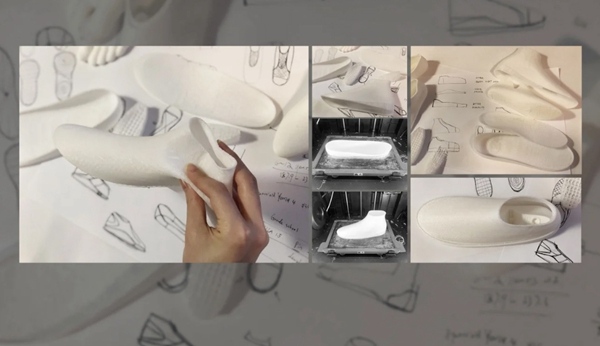
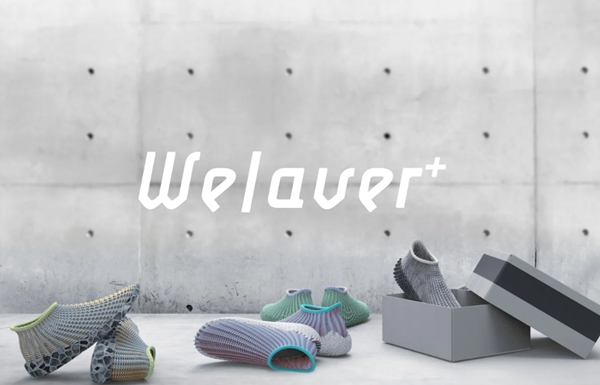
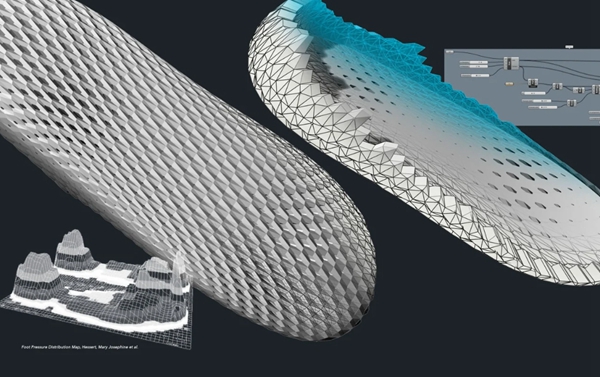
The △We/aver is a great example of how 3D printing, will affect the lifestyle of the average person, which is not unrelated to the fact that they won't be able to live without using 3D printed designs.
Shoes can be customised to the specific needs and requirements of the wearer and they can be made from more sustainable materials such as recycled TPU. In the near future, when 3D printing becomes more widely available and accessible, both manufacturers and users will reap the benefits they want.























